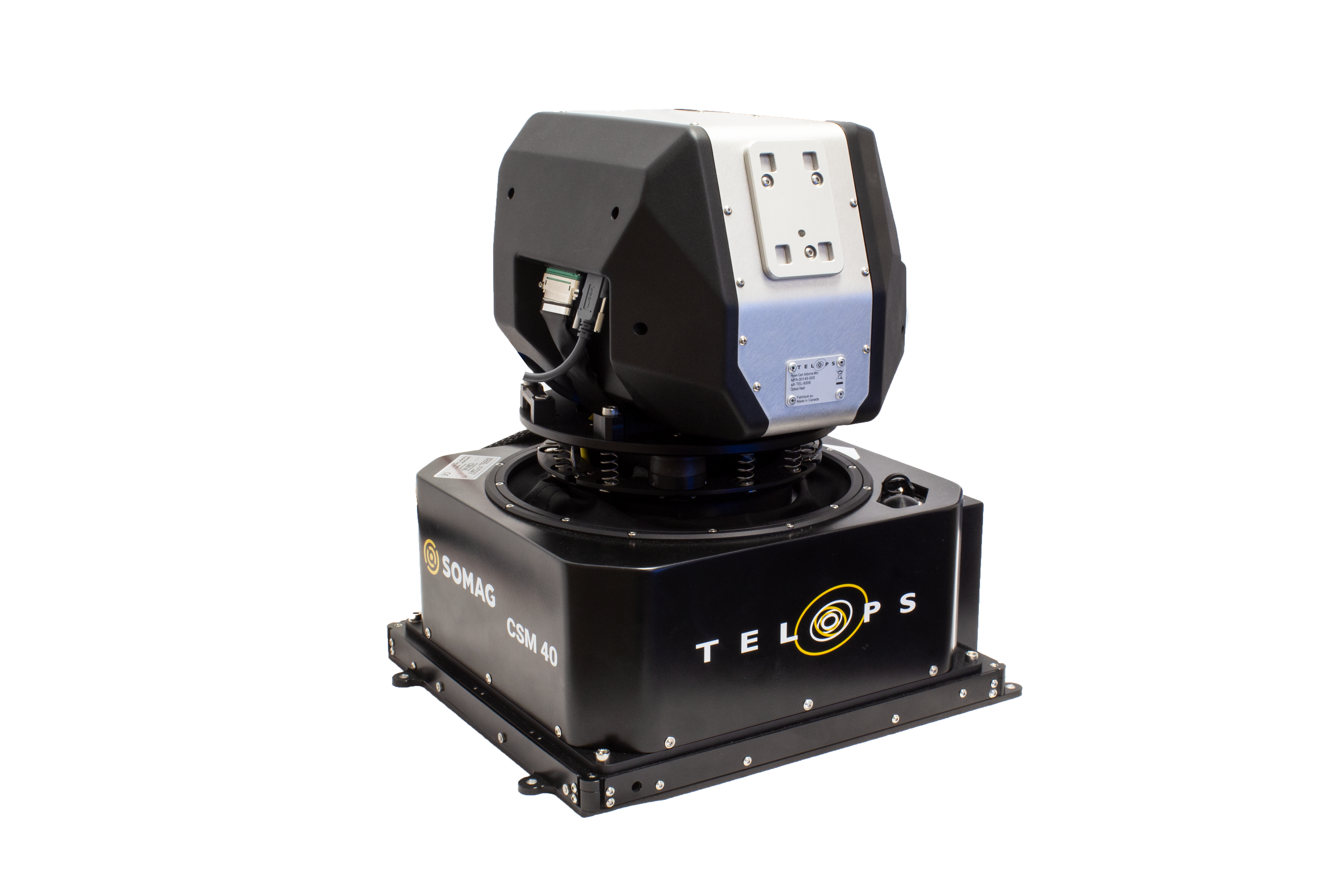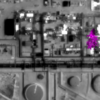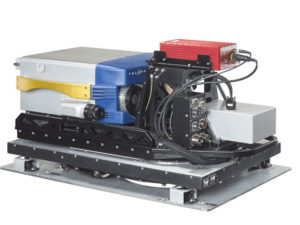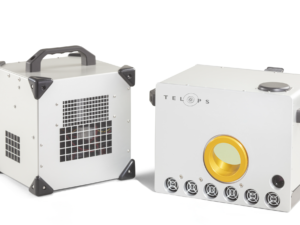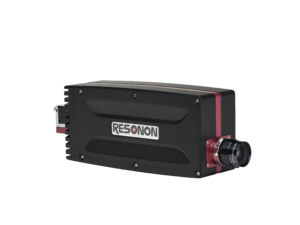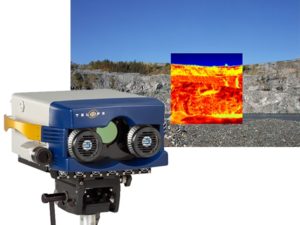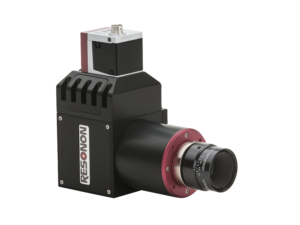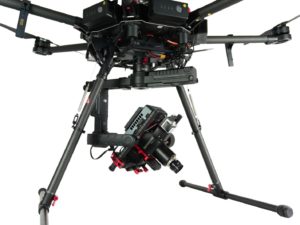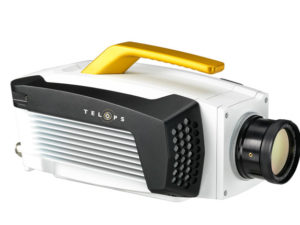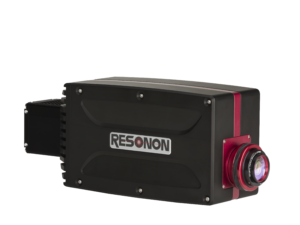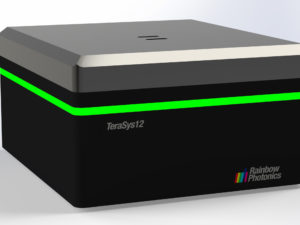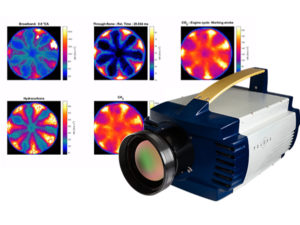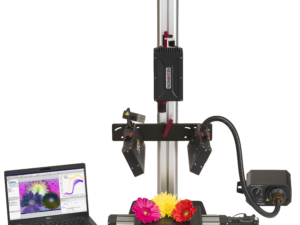Description
A new compact airborne hyper spectral imaging system!
The Hyper-Cam Airborne Mini is a revolutionary infrared hyperspectral imaging system that couples high spatial, spectral and temporal resolution with advanced miniaturization engineering. Designed to fit small aircrafts and other compact vehicles, this lightweight imaging sensor is a versatile tool for hyperspectral IR surveys, and a unique instrument for real-time gas detection, identification and quantification.
Key benefits include:
- High spatial resolution and imaging quality
- High temporal resolution
- Selectable spectral resolution
- Extreme flexibility: the Hyper-Cam Airborne Mini comes with separate optical head and processing unit, swappable fore-optics and a powerful software suite for the commands, controls and processing of data.
Key specifications:
| Operational Modes | Mapping, Targeting |
|---|---|
| Spectral Range | 7.4 - 11.8 µm |
| Pixel FOV | 750 µrad |
| Total Angular Range | 13.5 x 10.9° |
| Included in Optical Head | Image Motion Compensation Mirror Boresighted Visible Camera GPS/INS+ Platform |
| Head and Platform size | 28 x 35 x 38 cm |
| Head and Platform weight | < 20 kg |
Click here to see the new Hyper-Cam Airborne Mini in action!




